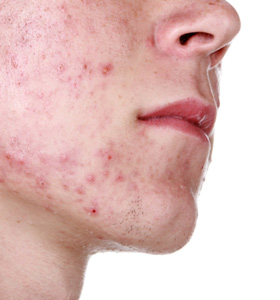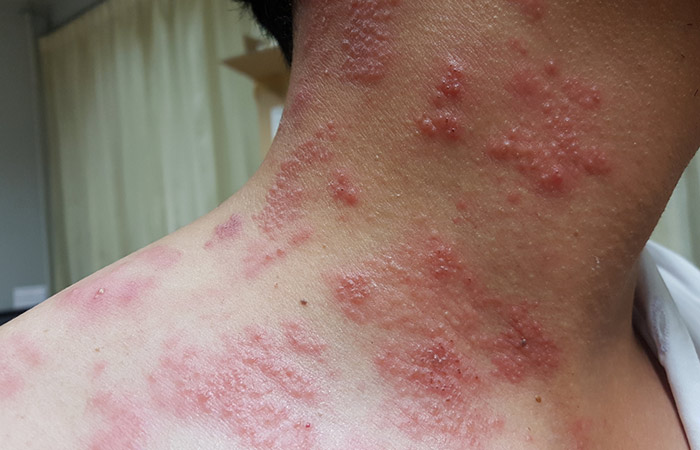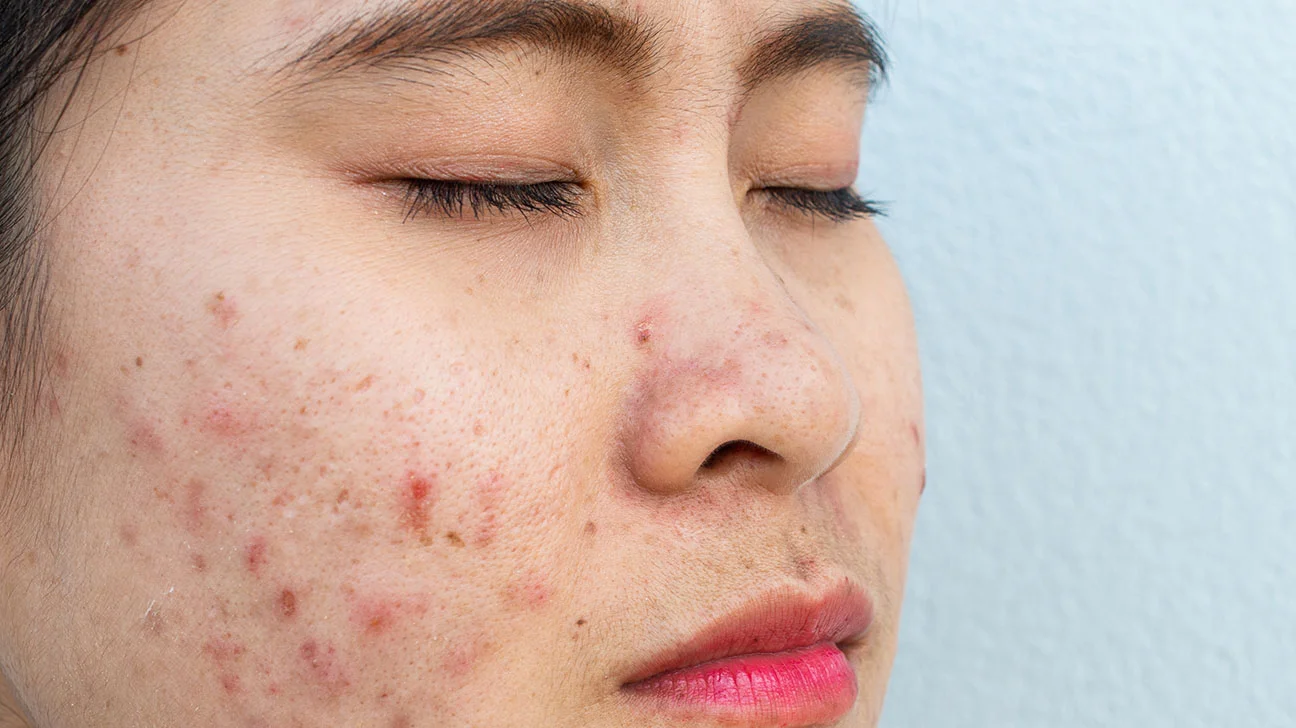Skin Lesions are a common occurrence and can manifest in various forms on the skin’s surface. They can range from harmless to concerning, and understanding their causes, types, and treatment options is crucial for proper management and care. In this article, we will delve into the world of Skin Lesions, providing insights into their characteristics, potential causes, and available treatment approaches.
What Are Skin Lesions?
Skin-Lesions refer to any abnormal changes or growths that occur on the skin’s surface. They can appear in different shapes, sizes, colors, and textures, and may present a range of symptoms. Skin-Lesions can be caused by various factors, including infections, injuries, inflammatory conditions, or underlying health issues.

Types of Skin-Lesions:
There are several types of Skin-Lesions, each with its own distinct characteristics. Some common types include:
- Macules: Small flat spots that are typically discolored, such as freckles or age spots.
- Papules: Small raised bumps that may be red, pink, or brown, such as acne or warts.
- Nodules: Larger, solid bumps that extend deeper into the skin, such as cysts or lipomas.
- Plaques: Raised, scaly patches that often indicate chronic conditions like psoriasis.
- Vesicles: Small fluid-filled blisters, such as those seen in herpes or eczema.
- Ulcers: Open sores that may result from skin trauma or underlying conditions.
- Erythema: Redness of the skin, often seen in rashes or infections.
- Lesion clusters: Groups of Skin-Lesions, such as in the case of shingles or chickenpox.
Causes and Risk Factors:
Skin-Lesions can have various causes and risk factors, including
- Infections: Bacterial, viral, or fungal infections can lead to the formation of Skin-Lesions.
- Inflammatory Conditions: Chronic inflammatory disorders like psoriasis or eczema can cause Skin-Lesions.
- Allergic Reactions: Allergens or irritants can trigger Skin-Lesions in susceptible individuals.
- Trauma or Injury: Skin-Lesions can develop as a result of cuts, burns, or other forms of physical trauma.
- Genetic Factors: Certain genetic conditions may predispose individuals to specific types of Skin-Lesions.
- Environmental Factors: Exposure to sunlight, toxins, or certain chemicals can contribute to the development of Skin-Lesions.
Treatment Options: The treatment of Skin-Lesions depends on their underlying cause and characteristics. Some common treatment options include:
- Topical Medications: Creams, ointments, or gels containing ingredients like corticosteroids, antibiotics, or antifungals may be prescribed to treat infections, inflammation, or other specific conditions.
- Surgical Removal: Skin-Lesions that are suspicious or causing discomfort may require surgical removal, which can be done through excision, laser therapy, or cryotherapy (freezing).
- Cryotherapy: The application of extreme cold using liquid nitrogen to freeze and destroy abnormal skin cells or lesions.
- Electrosurgery: The use of electrical current to remove or destroy Skin-Lesions.
- Medication Therapy: In some cases, oral medications may be prescribed to address underlying conditions contributing to Skin-Lesions.
- Phototherapy: The use of light therapy, such as ultraviolet (UV) light, to treat certain Skin-Lesions like psoriasis.
Seeking Medical Evaluation:
If you notice any new or changing Skin-Lesions, it is essential to seek medical evaluation. A dermatologist or healthcare professional can provide an accurate diagnosis, determine the underlying cause, and recommend an appropriate treatment plan.
Skin-Lesions can vary in appearance, causes, and severity. Understanding the different types of Skin-Lesions, their potential causes, and available treatment options is crucial for proper management and care. If you have any concerns about Skin-Lesions, it is important to consult with a healthcare professional or dermatologist who can provide an accurate diagnosis and guide you toward the most effective treatment approach. By staying vigilant and seeking timely medical attention, you can ensure the health and well-being of your skin.

In conclusion, Skin Lesions encompass a wide range of abnormal changes or growths on the skin’s surface. They can have various causes, including infections, inflammatory conditions, injuries, or underlying health issues. Understanding the different types of Skin-Lesions and their potential causes is essential for proper diagnosis and treatment.
Seeking medical evaluation for any new or changing Skin-Lesions is crucial. Healthcare professionals or dermatologist can provide an accurate diagnosis, determine the underlying cause, and recommend appropriate treatment options. Treatment may involve topical medications, surgical removal, cryotherapy, electrosurgery, medication therapy, or phototherapy, depending on the specific characteristics and underlying cause of the skin lesion.
It is important to remember that not all Skin-Lesions are harmful or require treatment, but it is always best to err on the side of caution and seek medical advice. Regular skin examinations and practicing good skin care habits, such as protecting the skin from excessive sun exposure and avoiding irritants, can also contribute to maintaining skin health.
By understanding the nature of Skin-Lesions, being proactive in seeking medical attention, and following appropriate treatment recommendations, you can effectively manage and address Skin-Lesions, ensuring the health and well-being of your skin.
















